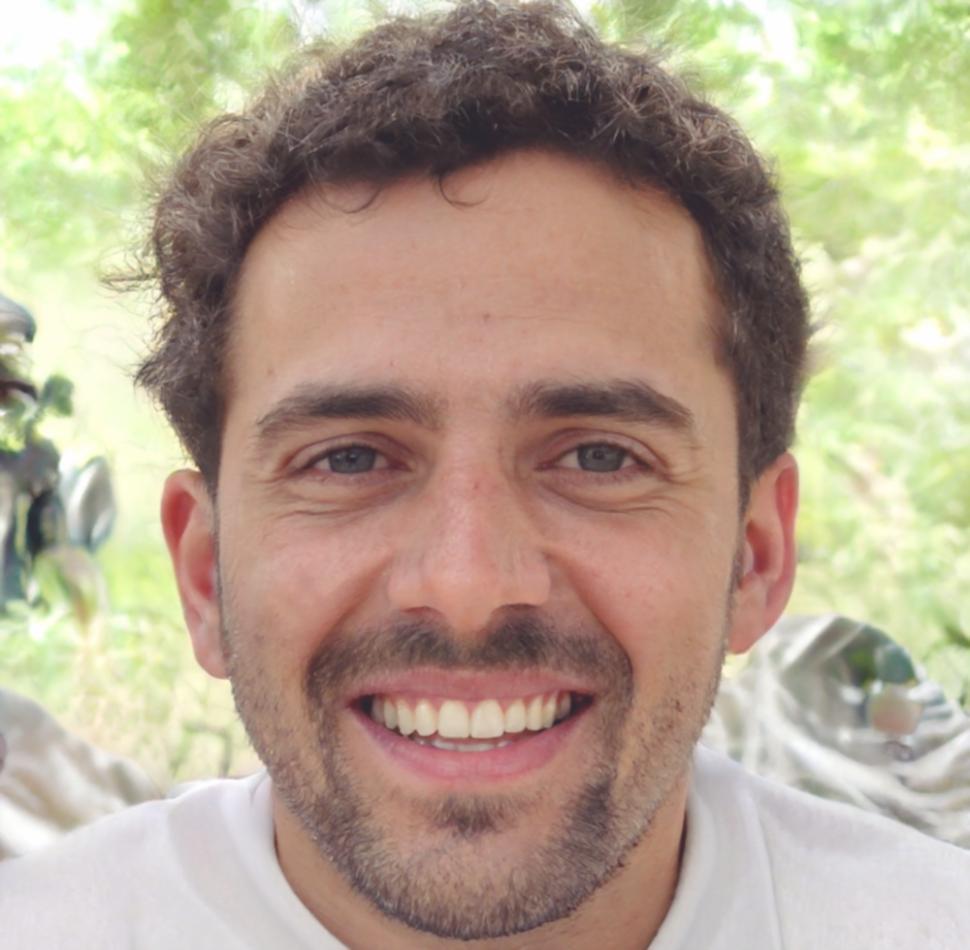Why We Focus on Futures Education
Back in 2019, I watched countless traders blow through accounts because they treated futures like lottery tickets. They'd jump into positions without understanding margin requirements or how overnight holding costs compound.
What frustrated me most wasn't the losses – markets teach hard lessons to everyone. It was seeing people repeat identical mistakes because they never learned the mechanics underneath the price movements.
So we built something different. Not another "secret strategy" course, but a systematic breakdown of how futures contracts actually work. How exchanges calculate settlement. Why position sizing matters more than entry timing. The boring stuff that keeps accounts alive long enough to develop real skill.
Our students in Taipei and Kaohsiung spend their first month just reading order flow. No live trades. Just watching how liquidity moves at different times, how professional money behaves differently than retail panic.



